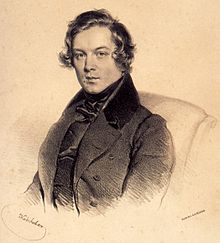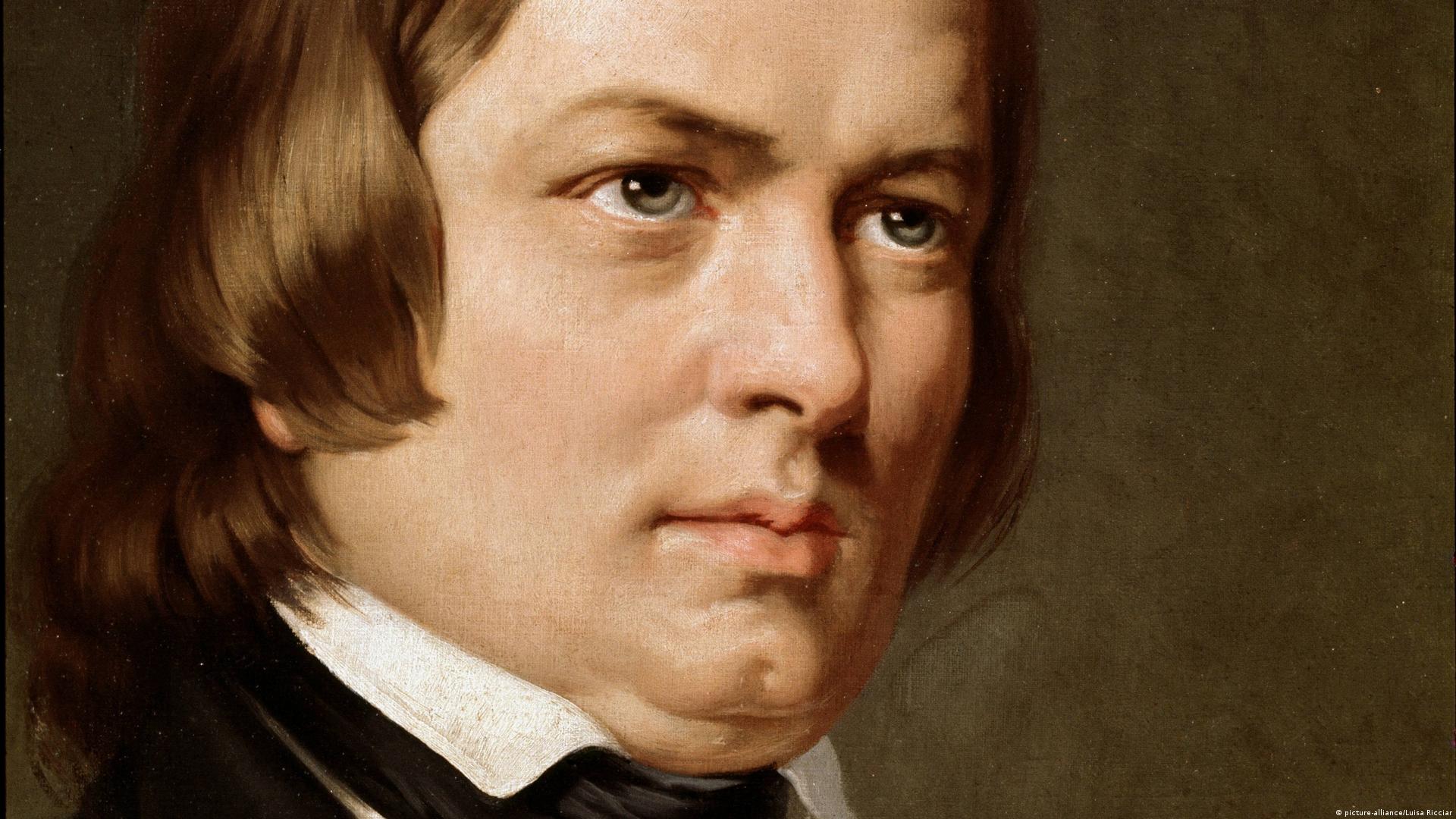The History of Robert Schumann’s Piano Quintet in E-flat Major, Op. 44
Among the most beloved works of the Romantic chamber music repertoire, Robert Schumann’s Piano Quintet in E-flat Major, Op. 44 holds a special place. Composed in 1842, this masterpiece not only revolutionized the piano quintet genre but also reflected a period of remarkable creative energy in Schumann’s life. Its rich emotional palette, structural innovation, and passionate dialogue between piano and strings have captivated audiences for generations.
A Year of Chamber Music
The year 1842 is often referred to as Schumann’s “chamber music year.” Prior to this, Schumann had focused primarily on piano works and Lieder (songs). Encouraged by his wife, the brilliant pianist Clara Schumann, and inspired by his growing admiration for classical forms, Schumann turned his attention to chamber music. Within just a few months, he composed a remarkable series of works, including three string quartets (Op. 41), the Piano Quartet in E-flat major (Op. 47), and the Piano Quintet in E-flat major (Op. 44).
A New Approach to the Piano Quintet
Before Schumann’s contribution, the piano quintet as a genre had not fully established itself in the Romantic repertoire. Earlier examples, such as those by Luigi Boccherini or Johann Nepomuk Hummel, typically paired piano with a group of string players but did not achieve the dramatic and emotional range that Schumann would introduce.
What set Schumann’s Piano Quintet apart was his innovative use of the piano as a true partner to the string quartet, rather than a dominant solo voice or mere accompaniment. This approach brought new vitality and balance to the ensemble, laying the groundwork for later composers such as Johannes Brahms, Antonín Dvořák, and Dmitri Shostakovich.
The Premiere and Clara’s Influence
Originally, Schumann intended the quintet to be premiered by Clara Schumann, whose virtuosity and interpretive insight had a profound influence on his compositional choices. However, due to illness, she was unable to perform at the work’s premiere in Leipzig on December 6, 1842. Felix Mendelssohn, a close friend of the Schumanns and a brilliant musician in his own right, stepped in at the last minute to play the piano part.
Mendelssohn’s involvement is more than a historical footnote: he reportedly made impromptu adjustments during the performance, including an improvisation in the second movement’s fugue, which Schumann admired and later incorporated. Clara would eventually perform the work herself and remained one of its staunchest advocates throughout her career.
Structure and Musical Character
The quintet is structured in four movements:
- Allegro brillante – A vigorous and joyful opening that showcases Schumann’s gift for melodic invention and contrapuntal development. The piano and strings engage in lively dialogue, creating an energetic and optimistic atmosphere.
- In modo d’una marcia. Un poco largamente – A funeral march of profound emotional depth, contrasting with the preceding brightness. The solemnity is later pierced by a lyrical middle section, providing a poignant interplay between mourning and hope.
- Scherzo: Molto vivace – A dazzling and playful movement marked by rhythmic vitality and intricate exchanges among the instruments. It features two trios, adding complexity and charm to its whimsical character.
- Allegro ma non troppo – The final movement brings back thematic material from earlier in the piece, culminating in a brilliant double fugue that highlights Schumann’s command of counterpoint and dramatic closure.
A Lasting Legacy
Schumann’s Piano Quintet in E-flat Major was an immediate success and has remained a cornerstone of the chamber music canon ever since. It influenced generations of composers and helped define the expressive possibilities of the piano quintet form. Its fusion of intimacy, drama, and technical brilliance continues to resonate with performers and audiences alike.
For many, this composition represents Schumann at the height of his powers—a perfect synthesis of lyrical romanticism and classical form. It is a testament to the enduring power of chamber music and to Schumann’s unique artistic voice, shaped in no small part by the love and inspiration he found in Clara.


Comments are closed